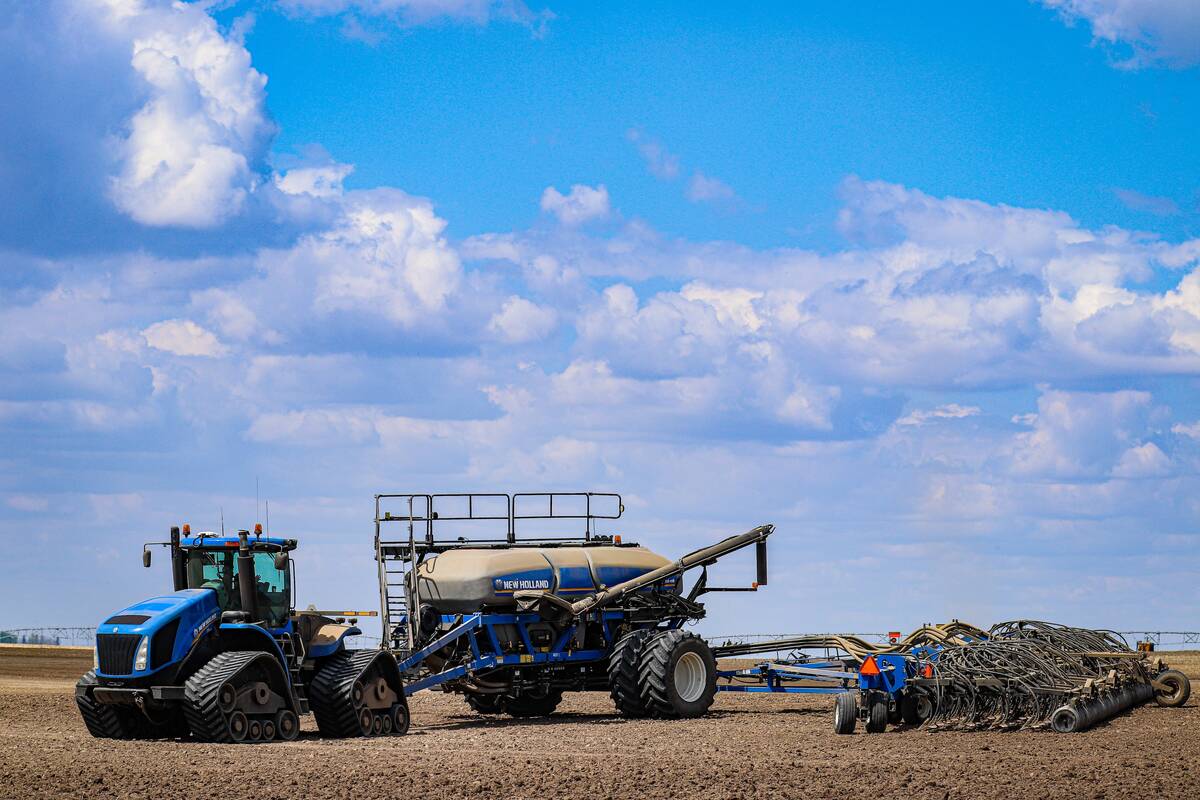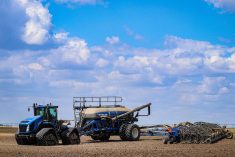Saskatchewan farmers made good seeding progress over the last week in most areas of the province.
The province’s weekly crop report said 27 percent of the crop was seeded as of May 21, compared to eight percent the previous week.
Dry windy weather through the week has likely pushed that number higher.
The five-year average for this time of year is about 44 percent.
The furthest advanced are farmers in the southwest, who are more than half done seeding. The least advanced are in the northeast, where just six percent is in the ground.
Read Also

NFU says proposed plant breeders’ rights come at farmers’ expense
The National Farmers Union is pushing back against changes to the Plant Breeders’ Rights Act that would narrow the scope of farmers’ right to save seed or propagate crops from cuttings and tubers.
Crop-wise, 52 percent of field peas, 46 percent of lentils, 40 percent of durum, 27 percent of spring wheat, 23 percent of canola, 20 percent of mustard, 19 percent of chickpeas, 12 percent of barley, six percent of flax and four percent of canaryseed have been seeded.
The southeast region received more than 50 millimetres of rain last week while other areas saw trace amounts. The weekend forecast calls for rain through much of the grain belt.
Topsoil moisture on cropland is rated 14 percent surplus, 78 percent adequate and eight percent short.
On hay land and pasture, topsoil moisture is rated at seven percent surplus, 78 percent adequate, 14 percent short and one percent very short.
Southern Saskatchewan is currently considered at extreme risk for wildfires.

















